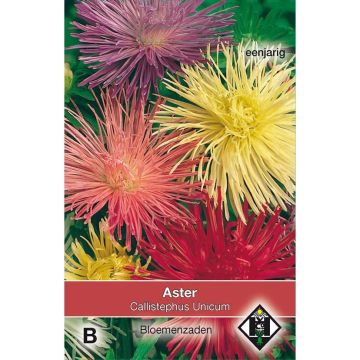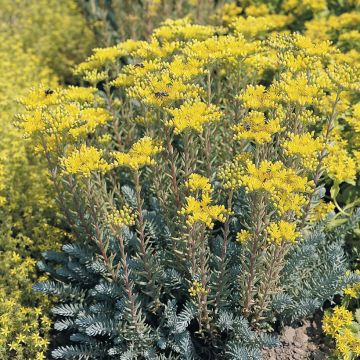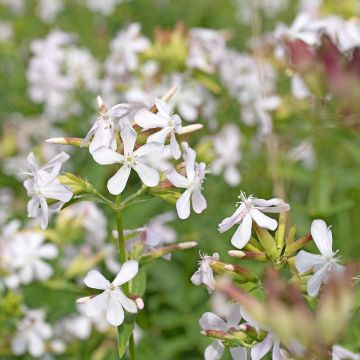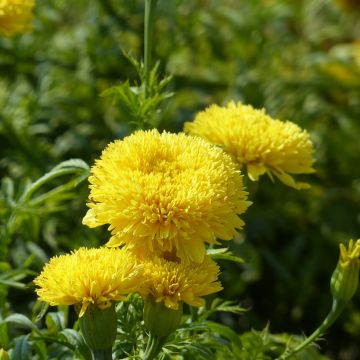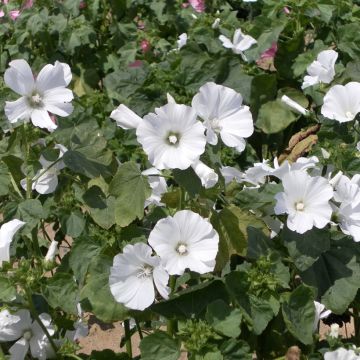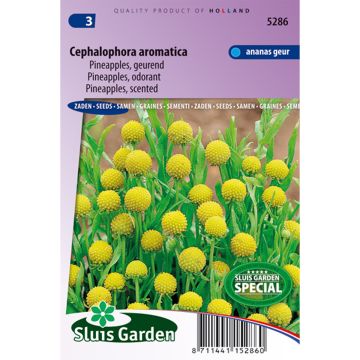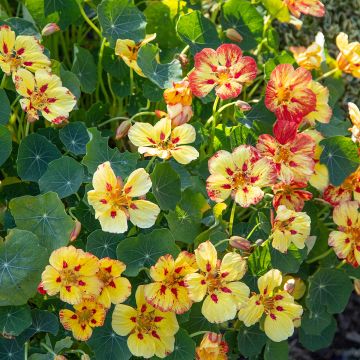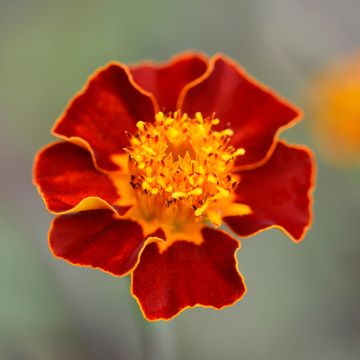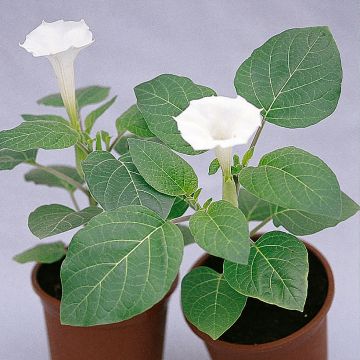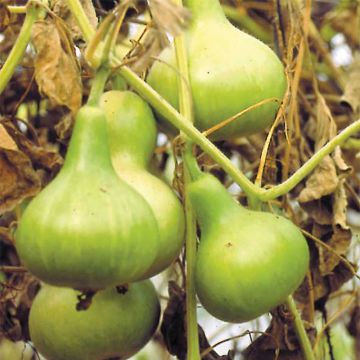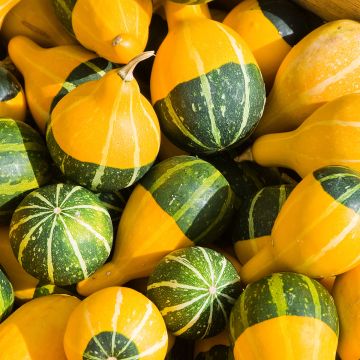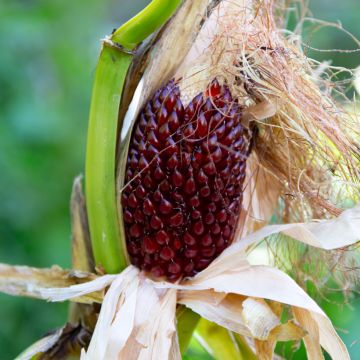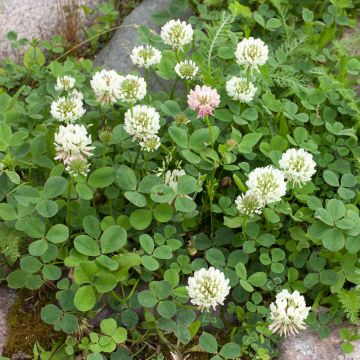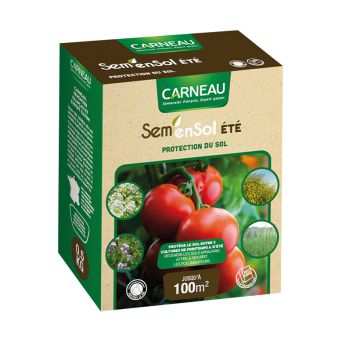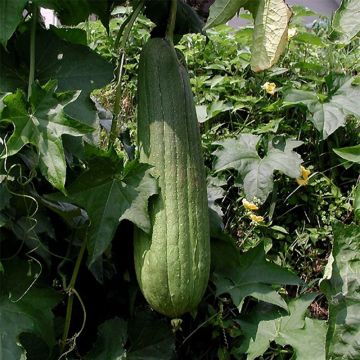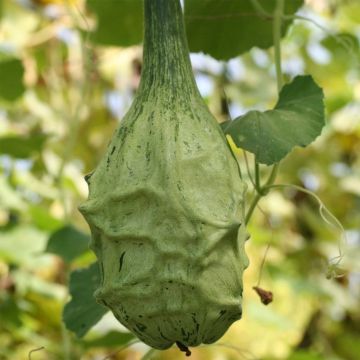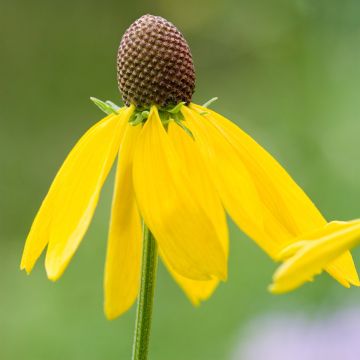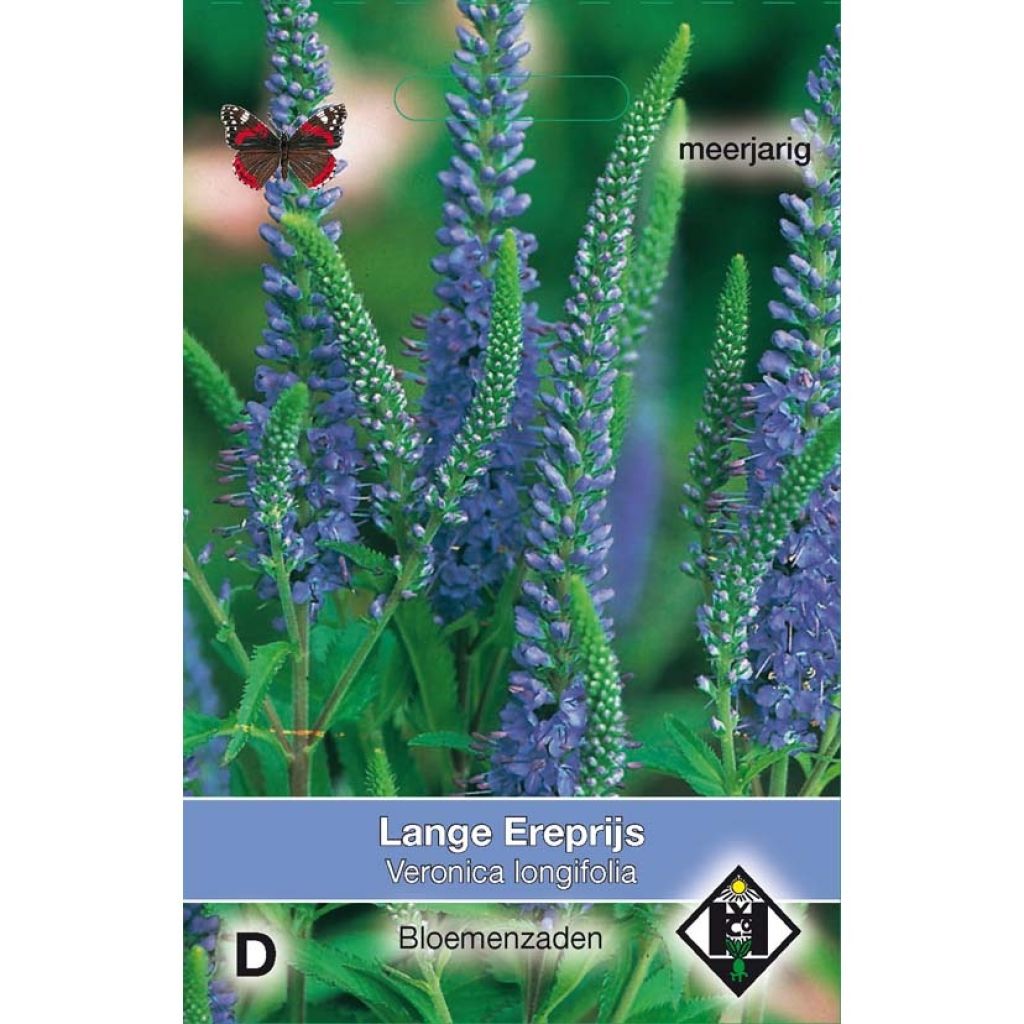

Garden speedwell Seeds - Veronica longifolia
Garden speedwell Seeds - Veronica longifolia
Veronica longifolia
This item cannot be shipped to the selected country
Dispatch by letter from €3.90
More information
Schedule delivery date,
and select date in basket
This plant carries a 6 months recovery warranty
More information
We guarantee the quality of our plants for a full growing cycle, and will replace at our expense any plant that fails to recover under normal climatic and planting conditions.
Seed-only orders are dispatched by sealed envelope. The delivery charge for seed-only orders is €3.90.
Does this plant fit my garden?
Set up your Plantfit profile →
Description
Veronica longifolia, also known as garden speedwell or longleaf speedwell, is a very resistant perennial plant that blooms profusely in the summer and that is well adapted to wet, clay soils. In the summer, its long, dense looking spikes, thickly set with tiny, bright blue flowers, rise above a lush foliage, animated with the incessant flight of butterflies. In flower beds or at the edge of water features, it forms a huge mass of blooms which also attracts the eye with its beautiful autumn foliage. Very hardy, it can be grown without difficulty in any good quality garden soil, in deep, moist soil, in the sun or in partial shade. Its flowers are also very pretty in bouquets.
Veronica longifolia is a herbaceous plant of the family Plantagenaceae which is found in Northern and Central Europe and in Asia. Forming mounds that are quite large that bear erect stems, it sometimes grows to over 1 m in the wild and hybridizes easily with Veronica spicata. It is a plant for wet, clay, lime soils.
Longleaf speedwell's growth emerges from the ground in spring, forming an upright clump of leafy stems, averaging 90 cm in height and 50 cm in width. Its leaves may be opposite, but are often verticillate (inserted in whorls at regular intervals) in groups of three or four. Fairly narrow and lanceolate, 6 to 12 cm long and equipped with a short stalk, the leaf blade is deeply toothed and pure green in colour. It blooms in June-July. The inflorescences are very dense, upright racemes (clusters) that look like long, narrow spikes, densely set with very small flowers. They are tubular, intense blue and have four petals and two lighter coloured, protruding stamens. The blooms are melliferous and nectar-rich and give way to fruits in the form of spineless, heart-shaped capsules. The seeds self-seed spontaneously in the garden in wet soil.
Very easy to grow in ordinary, moist soil, this speedwell blends well with a variety of plants, especially plants for wet banks and produces beautiful summer displays in large flowerbeds and on the banks of a pond. Plant it with purple loosestrife, boneset, meadow-rues, meadowsweet (Filipendula) and Euphorbia palustris, for example. For a wilder looking style of garden, this elegant perennial forms a very successful association at the back of beds, with coneflowers and medium sized-grasses: pennisetum, compact miscanthus... Its flowers make for beautiful bouquets, along with white, pink or red roses, hydrangeas, buttercups, asters.
Report an error about the product description
Flowering
Foliage
Plant habit
Botanical data
Veronica
longifolia
Scrophulariaceae (Plantaginaceae)
Central Europe
Other Flower seeds A to Z
Planting and care
Sowing Veronica longifolia : February to June or September to October.
Sow seeds on the surface of a lightly packed, moist, special seed starting mix, in pots or trays. Seeds should be sown thinly. Do not cover very small seeds, but tightly press into the compost. Place a saucer underneath your pots or trays and water by filling the saucer with water. Place in a greenhouse or heated room, ideally between 13 and 16 °C. The compost should remain moist but should not be continuously wet. Germination takes 30 to 40 days. Move the seedlings to a cooler place after emergence.
Seedlings can be slow to grow. Prick out each plant once it has developed its first true leaves and transplant it into 7.5 cm diameter pots containing well-drained compost. Grow your seedlings in frost-free conditions until they are large enough to be planted outside.
Gradually acclimatize them to outdoor conditions for 10 to 15 days before planting out, once all risk of frost has passed. Plants sown in the autumn will spend the winter in frost-free conditions and will be planted out the following spring. Keep a distance of 30 to 60 cm between each plant.
Cultivation : Veronica longifolia is a reliable perennial although it does prefer a rich, clay soil, that tends to be alkaline (calcareous), deep and that never dries out. It likes damp environments and the proximity of water. It grows and flowers best in sunny conditions. Veronica longifolia can be planted out almost all year round in the garden, outside periods of frost and summer drought. Cut faded flower spikes as this will encourage repeat blooms. Being a rather gluttonous perennial, adding compost to the base of the plant every spring will help maintain its vigor. Do not use too much nitrogen fertilizer which will weaken the plant and make the stems bend and fall more easily. In spring, cut the plant down to its base. New foliage will emerge directly from the underground roots in the spring.
Sowing period
Intended location
This item has not been reviewed yet - be the first to leave a review about it.
Flower seeds
Haven't found what you were looking for?
Hardiness is the lowest winter temperature a plant can endure without suffering serious damage or even dying. However, hardiness is affected by location (a sheltered area, such as a patio), protection (winter cover) and soil type (hardiness is improved by well-drained soil).

Photo Sharing Terms & Conditions
In order to encourage gardeners to interact and share their experiences, Promesse de fleurs offers various media enabling content to be uploaded onto its Site - in particular via the ‘Photo sharing’ module.
The User agrees to refrain from:
- Posting any content that is illegal, prejudicial, insulting, racist, inciteful to hatred, revisionist, contrary to public decency, that infringes on privacy or on the privacy rights of third parties, in particular the publicity rights of persons and goods, intellectual property rights, or the right to privacy.
- Submitting content on behalf of a third party;
- Impersonate the identity of a third party and/or publish any personal information about a third party;
In general, the User undertakes to refrain from any unethical behaviour.
All Content (in particular text, comments, files, images, photos, videos, creative works, etc.), which may be subject to property or intellectual property rights, image or other private rights, shall remain the property of the User, subject to the limited rights granted by the terms of the licence granted by Promesse de fleurs as stated below. Users are at liberty to publish or not to publish such Content on the Site, notably via the ‘Photo Sharing’ facility, and accept that this Content shall be made public and freely accessible, notably on the Internet.
Users further acknowledge, undertake to have ,and guarantee that they hold all necessary rights and permissions to publish such material on the Site, in particular with regard to the legislation in force pertaining to any privacy, property, intellectual property, image, or contractual rights, or rights of any other nature. By publishing such Content on the Site, Users acknowledge accepting full liability as publishers of the Content within the meaning of the law, and grant Promesse de fleurs, free of charge, an inclusive, worldwide licence for the said Content for the entire duration of its publication, including all reproduction, representation, up/downloading, displaying, performing, transmission, and storage rights.
Users also grant permission for their name to be linked to the Content and accept that this link may not always be made available.
By engaging in posting material, Users consent to their Content becoming automatically accessible on the Internet, in particular on other sites and/or blogs and/or web pages of the Promesse de fleurs site, including in particular social pages and the Promesse de fleurs catalogue.
Users may secure the removal of entrusted content free of charge by issuing a simple request via our contact form.
The flowering period indicated on our website applies to countries and regions located in USDA zone 8 (France, the United Kingdom, Ireland, the Netherlands, etc.)
It will vary according to where you live:
- In zones 9 to 10 (Italy, Spain, Greece, etc.), flowering will occur about 2 to 4 weeks earlier.
- In zones 6 to 7 (Germany, Poland, Slovenia, and lower mountainous regions), flowering will be delayed by 2 to 3 weeks.
- In zone 5 (Central Europe, Scandinavia), blooming will be delayed by 3 to 5 weeks.
In temperate climates, pruning of spring-flowering shrubs (forsythia, spireas, etc.) should be done just after flowering.
Pruning of summer-flowering shrubs (Indian Lilac, Perovskia, etc.) can be done in winter or spring.
In cold regions as well as with frost-sensitive plants, avoid pruning too early when severe frosts may still occur.
The planting period indicated on our website applies to countries and regions located in USDA zone 8 (France, United Kingdom, Ireland, Netherlands).
It will vary according to where you live:
- In Mediterranean zones (Marseille, Madrid, Milan, etc.), autumn and winter are the best planting periods.
- In continental zones (Strasbourg, Munich, Vienna, etc.), delay planting by 2 to 3 weeks in spring and bring it forward by 2 to 4 weeks in autumn.
- In mountainous regions (the Alps, Pyrenees, Carpathians, etc.), it is best to plant in late spring (May-June) or late summer (August-September).
The harvesting period indicated on our website applies to countries and regions in USDA zone 8 (France, England, Ireland, the Netherlands).
In colder areas (Scandinavia, Poland, Austria...) fruit and vegetable harvests are likely to be delayed by 3-4 weeks.
In warmer areas (Italy, Spain, Greece, etc.), harvesting will probably take place earlier, depending on weather conditions.
The sowing periods indicated on our website apply to countries and regions within USDA Zone 8 (France, UK, Ireland, Netherlands).
In colder areas (Scandinavia, Poland, Austria...), delay any outdoor sowing by 3-4 weeks, or sow under glass.
In warmer climes (Italy, Spain, Greece, etc.), bring outdoor sowing forward by a few weeks.

































